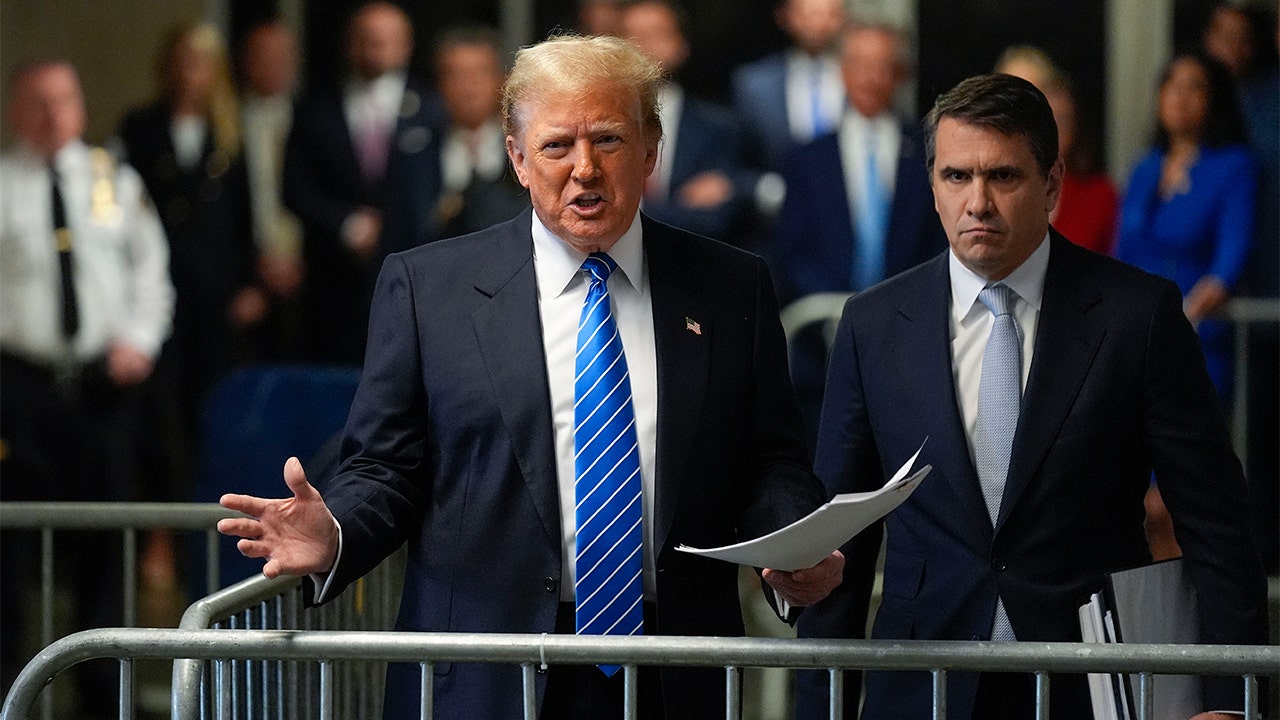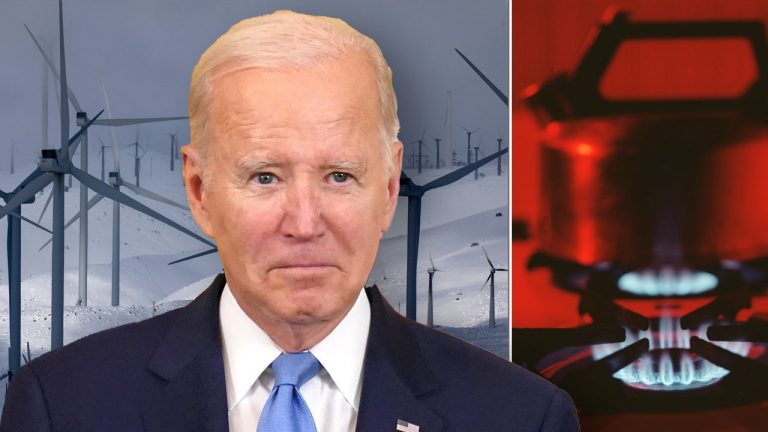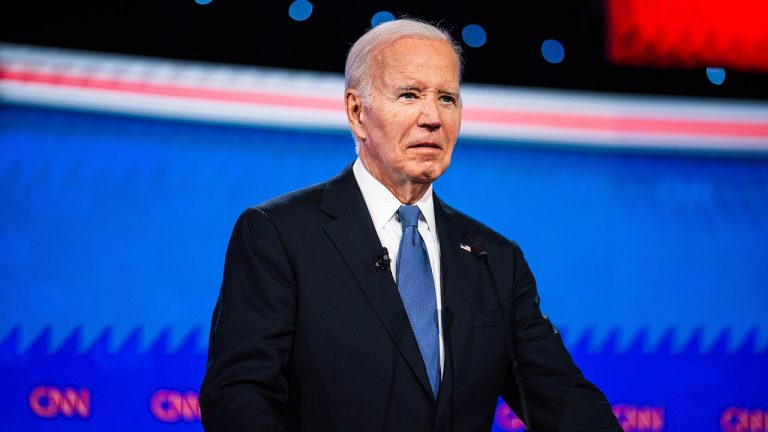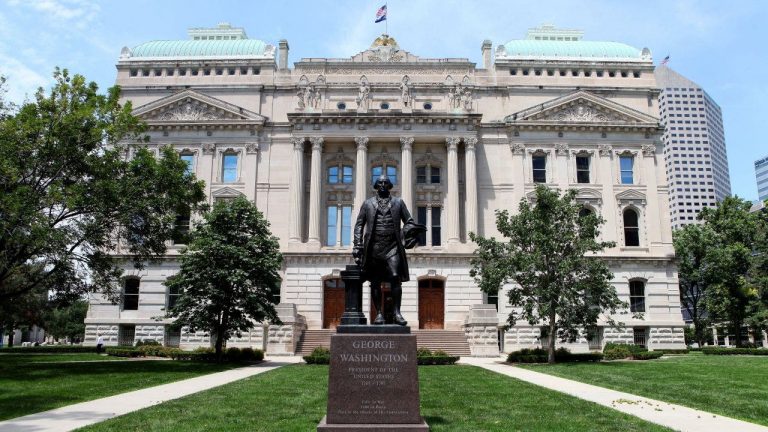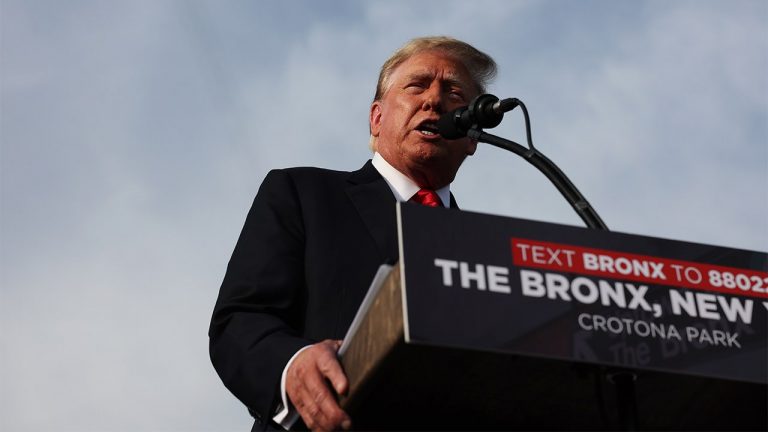Prosecutors claim strong evidence against Trump in NY case.
New York prosecutors ended the trial against former President Trump on Tuesday, asserting that the case is centered on a conspiracy and cover-up. They claimed to have presented compelling evidence to secure a conviction. Trump faces 34 counts of falsifying business records in the first degree and has maintained his plea of not guilty.
The prosecutors must establish beyond a reasonable doubt that Trump falsified records to hide a $130,000 payment to Stormy Daniels, an adult film star, just before the 2016 election to silence her about an alleged affair from 2006. Manhattan District Attorney Alvin Bragg’s prosecutor, Joshua Steinglass, delivered the closing arguments that lasted for over five hours.
Steinglass emphasized that Trump’s intention to defraud was unmistakable, contending that it would have been simpler for him to pay Daniels directly. Instead, Trump allegedly orchestrated an intricate scheme filled with deceit. According to Steinglass, everything done by Trump and his associates was shrouded in lies.
“The objective was concealment, and all paths inevitably lead to the one who benefited the most: the defendant, former President Donald Trump,” Steinglass asserted.
The defense disputed the burden of proof, claiming that the prosecutors failed to meet it and declaring Trump innocent. Steinglass defended the use of Trump’s former lawyer, Michael Cohen, as a witness, stating, “I’m not asking you to feel bad for Michael Cohen. He made his bed.”
He further added, “But you can hardly blame him for making money from the one thing he has left, which is his knowledge of the inner workings of the Trump Organization.” Steinglass made it clear that they did not randomly select Cohen as a witness but that Trump had chosen him as his fixer due to his willingness to engage in deceit on Trump’s behalf.
During the trial, Cohen testified that he was reimbursed $420,000 for the $130,000 payment to Daniels. The former Trump Organization CFO, Allen Weisselberg, reportedly suggested that Cohen increase the payments, and Cohen asserted that Trump was aware of the reimbursement details.
Cohen confirmed receiving and depositing 11 checks from the prosecution totaling $420,000 but stated that the “retainer” description on the checks was false. Additionally, the prosecution presented handwritten notes from Weisselberg and ex-controller Jeffrey McConney, showing calculations related to the 2017 payments to Cohen.
According to the testimony, these calculations included $130,000, an unrelated payment, a bonus, and funds for tax coverage, considered by the prosecution as crucial evidence.
Steinglass accused Trump of maintaining lies in bank accounts, using shell companies, and making false denials. He emphasized that Trump was actively trying to conceal the “catch and kill” scheme and election fraud.
After hearing half of Steinglass’ presentation, Trump left the courtroom, taking to his Truth Social platform to dismiss the prosecution’s arguments as “BORING!”
Steinglass highlighted a significant phone call between Cohen and Trump on Oct. 8, 2016, the day following the public release of the “Access Hollywood” tape. He speculated that Cohen undoubtedly informed Trump about Daniels during this call.
Citing additional phone calls made around key events in the Daniels negotiations, Steinglass questioned whether these timings were sheer coincidence. He completed his extensive presentation by echoing a notorious Trump remark: “Donald Trump can’t shoot someone on Fifth Avenue at rush hour and get away with it.”
Trump’s attorney immediately objected to this statement, and the objection was upheld. The Associated Press contributed to this report.


